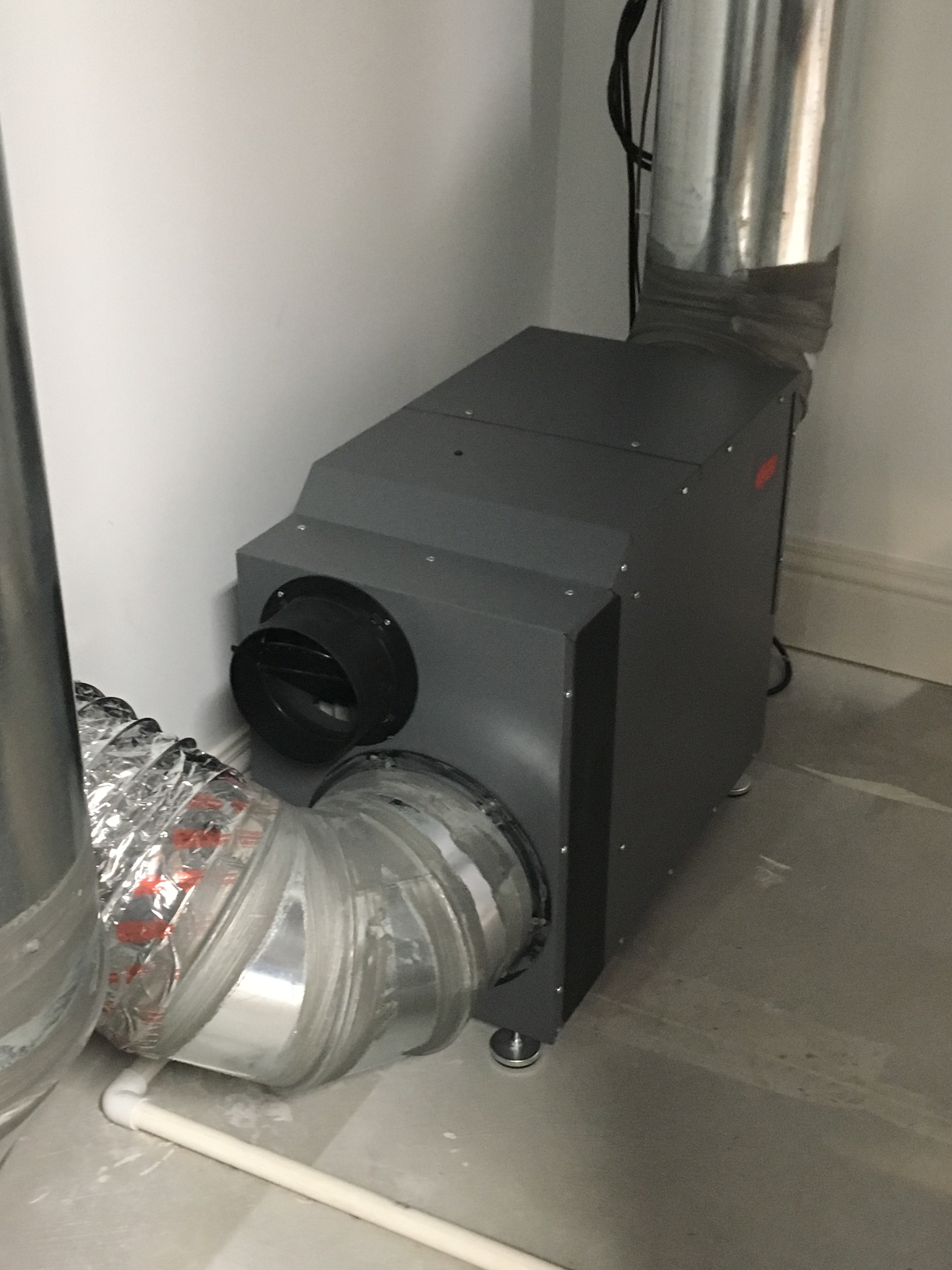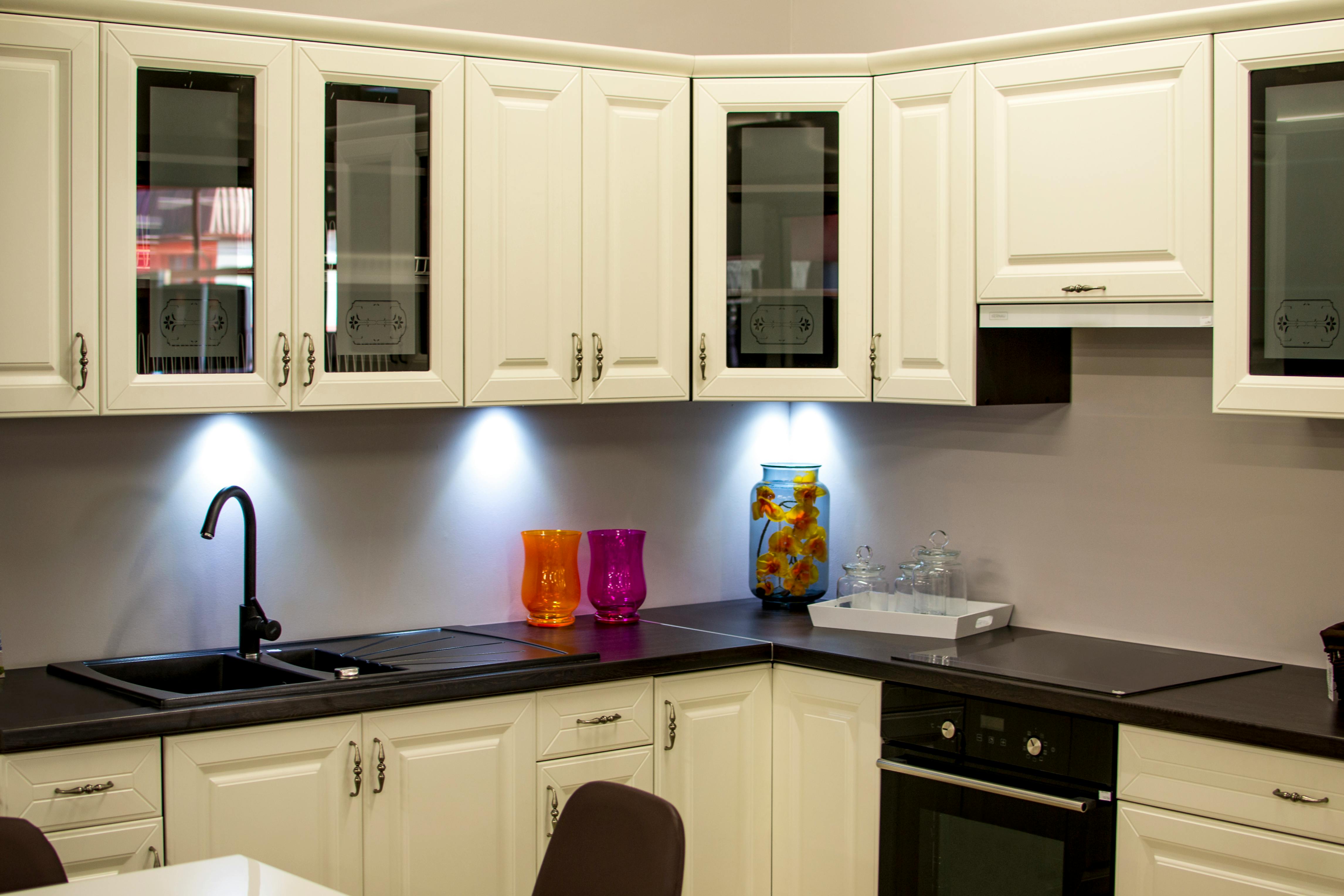Table Of Content

The manufacturer recommends cleaning the filter every two weeks, a task we found easy to complete by simply popping out the filter, rinsing, and drying. Operating the device was a breeze thanks to clear labeling on the display panel. While you can connect to your own hose for continuous draining, we opted to manually empty the tank during our initial testing period.
Hisense 50-Pint 2-Speed Dehumidifier with Built-In Pump ENERGY STAR (For Rooms 3001+ sq ft)
The amount of liquid that a dehumidifier can remove from the air within a 24-hour period is typically measured in pints per day—though occasionally you’ll also see it labeled as gallons per day. Typically, the number of pints per day will be closely related to how big of a space the unit can dehumidify. While it's easy to set up, we do recommend having someone nearby to help in case you need to carry this unit up or down a flight of stairs, but it does have wheels, which makes rolling it between rooms easy.
Hisense Wi-Fi Dehumidifier Review: Tested by Bob Vila - Bob Vila
Hisense Wi-Fi Dehumidifier Review: Tested by Bob Vila.
Posted: Tue, 24 Oct 2023 07:00:00 GMT [source]
Whirlpool 40-Pint Dehumidifier with Built-In Pump
Perfect for small spaces, the Eva-Dry Electric Petite Dehumidifier is an effective, compact, and affordable option that reduces humidity quickly. We tested this unit in a 10 x 10-foot bedroom in Des Moines, Iowa, and noticed a difference in the humidity in just under four hours. The corresponding app allows you to adjust your ideal humidity level and check current humidity readings throughout the day. You can control multiple dehumidifiers through the app if you have a few smart models.
How much water should it collect per day?

Koehner recommends the hOmeLabs dehumidifier for large rooms and for those that are very wet because of its 1.6-gallon water tank and its ability to remove up to 50 pints of moisture from the air per day. It also has a sleek design and is one of the quietest models on the market, at 51dB, he said. It comes equipped with wheels and handles, which make this 40-pound unit easier to move around.
Easiest to Clean Dehumidifier
You probably don't need a Wi-Fi-enabled dehumidifier, but if smart-home devices are your jam, then the 50-pint Frigidaire FGAC5044W1 may deliver on what you're looking for. Despite the name, it can hold about 24 pints, although this is still relatively small compared to others on our list. Ultimately, this dehumidifier has a very user-friendly design which couldn't be more compact to store.
The Best Dehumidifiers for Basements Tested and Reviewed
Additionally, some dehumidifiers, such as compact, portable models, tend to be fairly inexpensive. The type of dehumidifier that you’re buying online only works in a small space. However, if you live in an area that’s hot and humid throughout the year, a whole-house dehumidifier may be a better option.
We narrowed the list down to several models based on features, price, efficiency and ease of use. One of the few areas in which the older model, the Frigidaire FFAP7033T1, fells short was in the initial pump setup. Testers and device owners reported that removing the plug from the pump socket was tricky, and that in some cases the plug simply broke off. To make things easier, we've tested the best dehumidifiers to suit every space and lifestyle.
It did emit some noise, but we think it can still be considered a quiet dehumidifier. During testing, we were able to hold conversations and watch television (albeit on a little higher volume than usual) comfortably. We would have liked a handle, but there are indents on either side of the tank to grip the edge and pull it out (it slides into the dehumidifier like a drawer into a dresser). What's more, if a dehumidifier is run on a lower setting, this also means a lower noise level, which is ideal for bedrooms. The filters collect any impurities so it’s essential that these get an occasional clean. As a consequence, the biggest dehumidifiers, which originally offered 70-pint capacities, have now been reduced to capacities of pints.
For instance, if your entire house feels too humid during a particularly wet season, this is a great solution. Weighing in at 44 pounds with a large housing, the dehumidifier is one of the bulkier units from our tests, but its wheels and handle made it easy to transport during our usability tests. Sultry summer weather means higher humidity levels — not just outside, but inside your home as well.
Having a dehumidifier is a valuable investment that improves indoor air quality and promotes a healthier living space, especially during allergy seasons when allergens are more prevalent. To store away a dehumidifier, make sure the entire machine—including the filters and collection tank or drainage hose—is completely dry before using it again to avoid mold or hard water buildup. After cleaning the dehumidifier, wipe dry with a clean towel or microfiber cloth. Anything over 2,500 square feet, like basements and garages, should be tackled with dehumidifiers with a 60-pint capacity and over. If you’re looking for the best dehumidifiers for your whole house, you’ll want to find machines with at least a 40-pint capacity, depending on your home’s size. Since the GE can remove moisture in a space up to 4,000 square feet, this durable pick is ideal for tackling widespread dehumidification.
There are also those who assume oversized units will give better results and go with one that’s too aggressive. Consider buying a dehumidifier with a somewhat larger capacity than you might need. Read our sizing guide for detailed information about selecting the right dehumidifier for your space. Compared to a washing machine or a dishwasher which can consume 200 to 400 kilowatts of energy per hour (kWh), the average dehumidifier uses 500 to 800 kWh. However, the best dehumidifiers on the market often have an Energy Star certification, meaning they require less energy to operate than competing models.
The app alerts you when the tank is full, and once you replace it, this model remembers the previous settings so you don't have to re-adjust. The Honeywell 30-Pint Smart Energy Star Dehumidifier is our best overall pick because it was incredibly easy to set up and pair with the smartphone app, and it was extremely effective in different areas of our home. While this dehumidifier wasn't the largest model we tested, it's still effective at removing humidity in rooms up to 1,000 square feet, which is sufficient for most apartments and larger homes. We used these dehumidifiers daily through some of the most humid times of the year and noted their performance, and how easy they were to maintain. We evaluated each dehumidifier on ease of setup, effectiveness, design, and how many additional features it had (or didn’t).
These machines work by drawing air over chilled metal fins, causing water vapor in the air to condense and collect in a bucket, from which you then manually empty the water, pump it out, or passively drain it. If you have an alternate means to dry out a space, such as a window air conditioner or a central HVAC system, the results are usually more reliable than what you can get from a dehumidifier. If your home’s high humidity comes from a leaky wall or roof, the only long-term solution is to fix the root cause. We’ve covered a lot of home-moisture scenarios—from routine to catastrophic—in guides to items such as wet/dry vacs, as well as in a firsthand account of cleaning a flooded basement. Once all of the dehumidifier models arrived at our homes, we timed how long the setup process took from unboxing to being plugged in.
Generally, whole-house dehumidifiers come with 100 to 300 CFM ratings, with the larger and more powerful models at the upper end. Just because a dehumidifier has a high ppd rating doesn’t mean it’s automatically well suited to a larger home. Things such as the size of the unit and the amount of air it circulates factor into the coverage area as well, so check both ratings when comparing dehumidifiers. For many, whole house dehumidifier cost is a pricey prospect—homeowners can expect to pay between $900 and $2,000 just for the unit alone. Professional installation can bring the final tally to an average of $1,300 to $2,800.

No comments:
Post a Comment